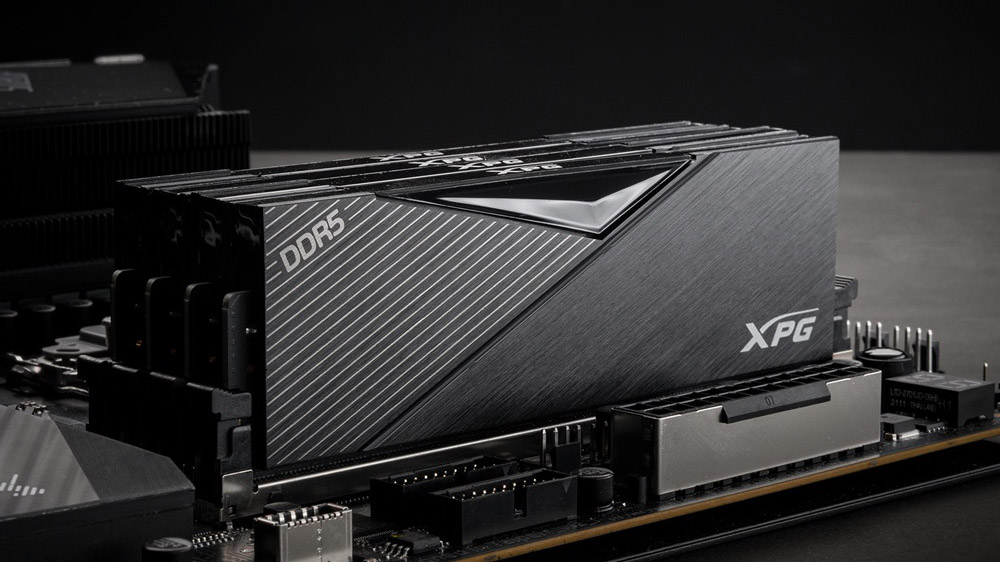
A few weeks ago, I reported on the concern that the surge in AI demand might lead to a shortage of memory and storage hardware. According to Adata’s chairman, this is now a reality. Chen Libai noted that all major memory technologies—DRAM, NAND, and HDD—are currently experiencing shortages for the first time in 30 years.
Reasons Behind the Shortage
The root of this issue lies with the burgeoning demand from AI applications. As Chen states, “Our competitors in the fight for supply are no longer peers but giant cloud service providers (CSPs).” For instance, OpenAI has secured deals with Samsung and SK Hynix to acquire 900,000 DRAM wafers per month, accounting for nearly 40% of the global DRAM output.
This spike in demand is compelling manufacturers to focus their capacities on high-margin applications reminiscent of the previous GPU market turmoil, resulting in increased RAM and SSD prices. Chen posits that traditional supply cycles are likely disrupted due to AI’s relentless demand.
In conclusion, it’s conceivable that prices for RAM and SSDs will escalate in conjunction with GPUs, presenting additional financial burdens for PC gamers.
